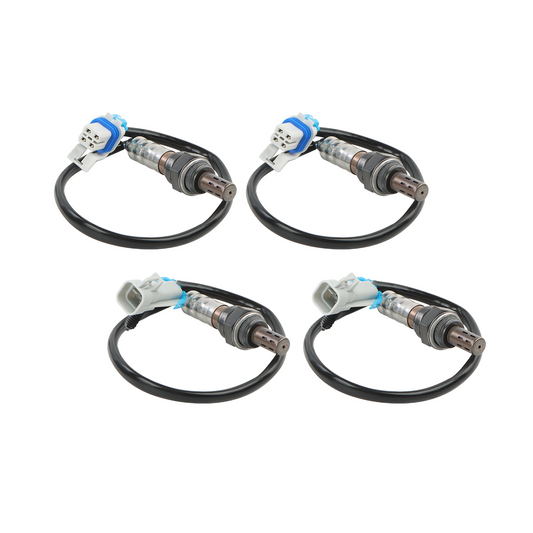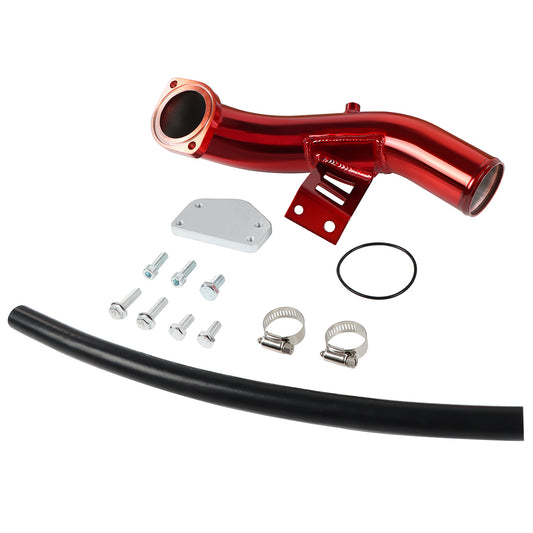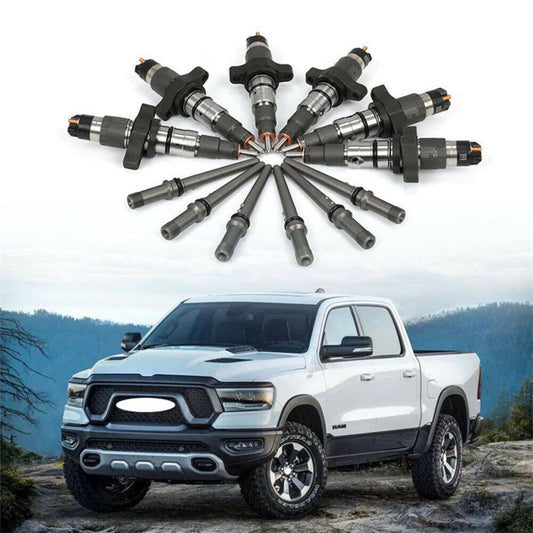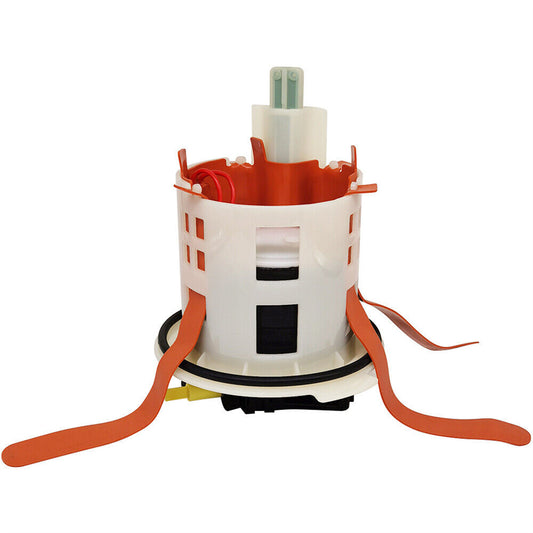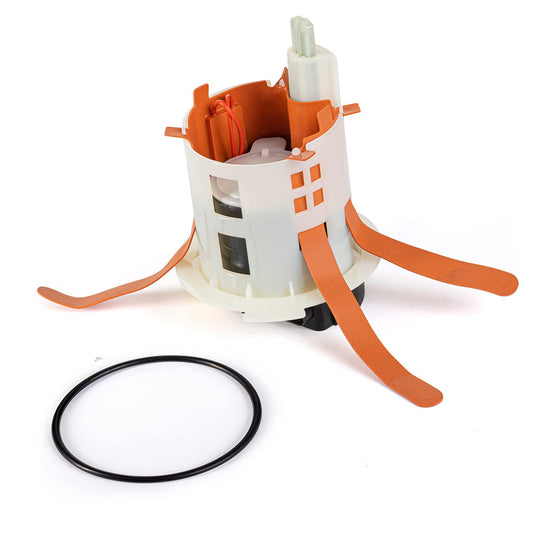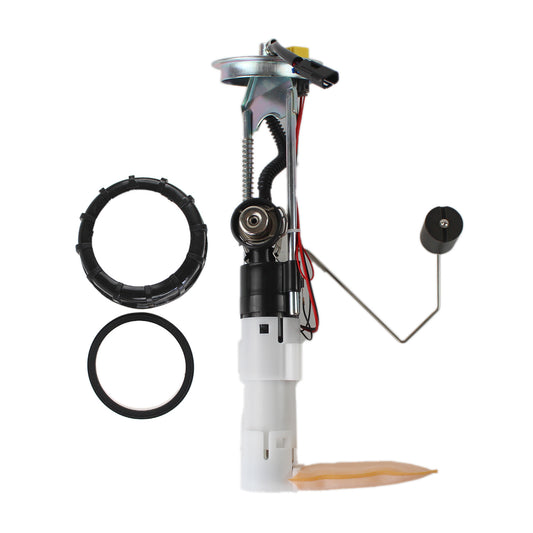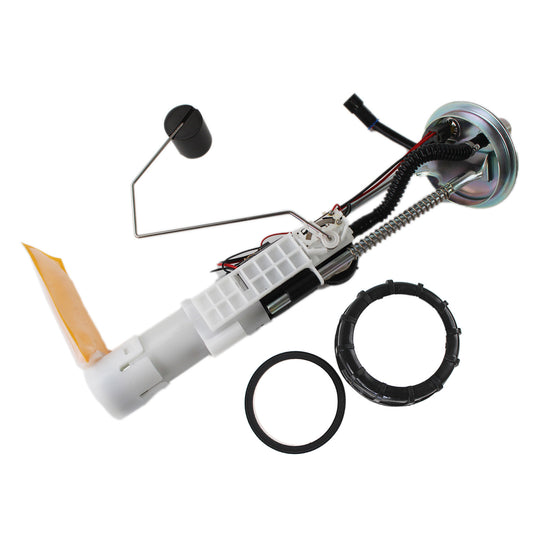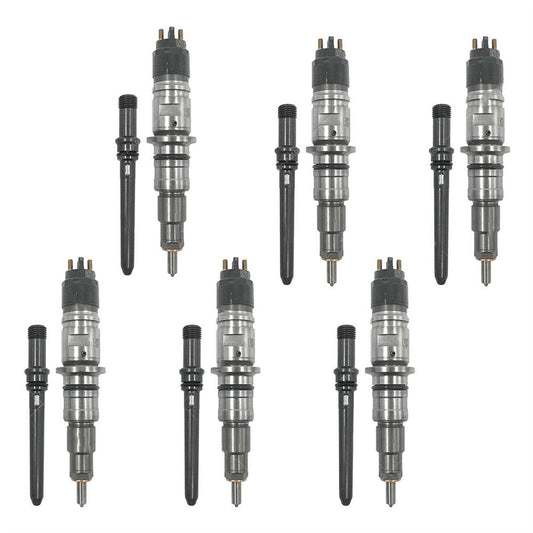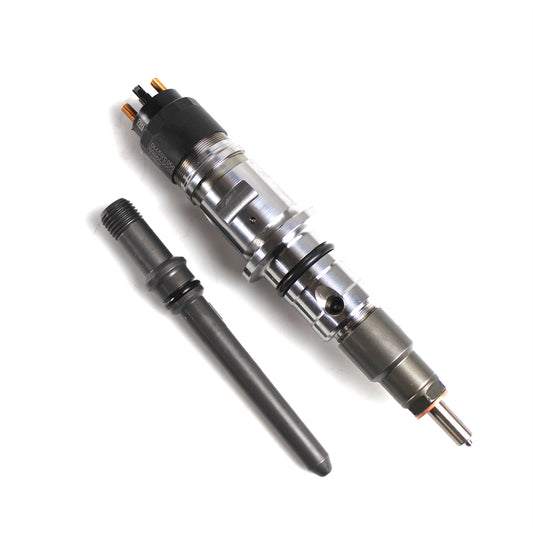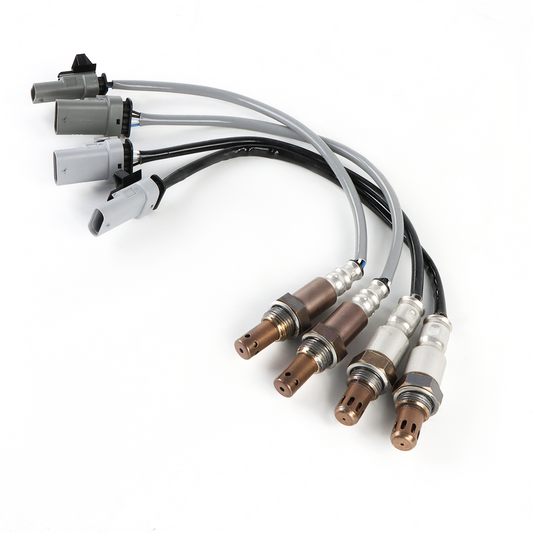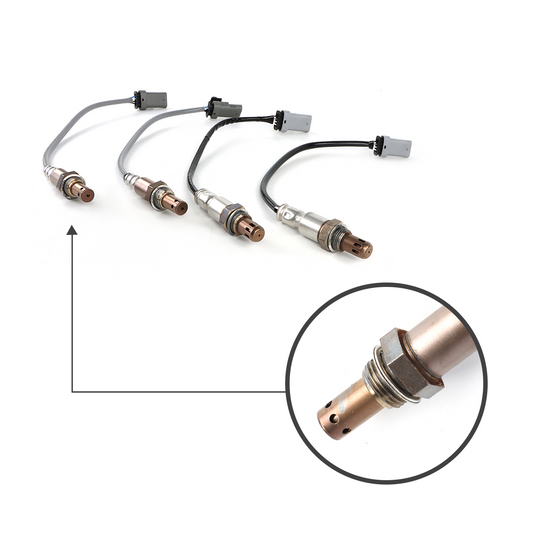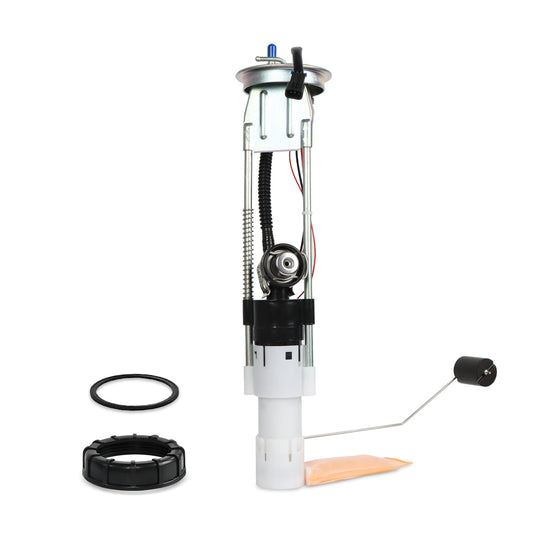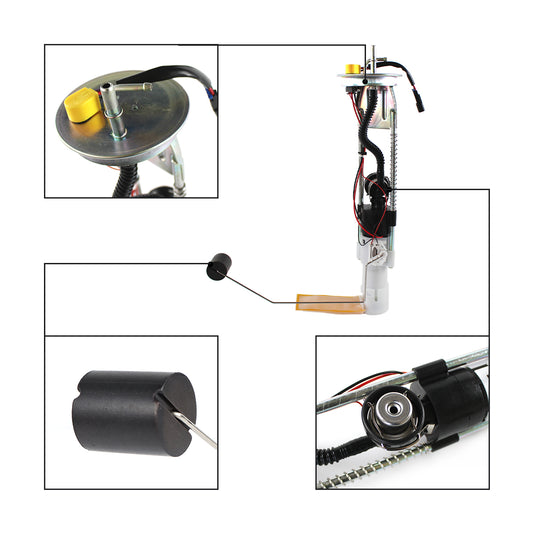The Three Way Catalytic Converter: Essential Knowledge for Car Owners
Hey, did you know that on average a car has over 30,000 parts? Listen, owning your own car is great, it makes your life easy, and with the way, technology is advancing so fast. It's exciting! Every vehicle is getting faster, lighter, and more economical.
But there are some realities that were not told to us by dealerships or people we know. One of the most important parts of your car is a catalytic converter. As your car moves, it releases gases such as nitrogen oxides, sulfur dioxides, hydrocarbons, and carbon monoxide, which can be dangerous to your health.
A catalytic converter is pretty much what separates you from a medical bill that is worth thousands or worse, a costly ongoing medical problem. In simple words, its main function is to convert those harmful emissions to emissions that are less harmful. If neglected, these can lead to increased chances of smog that can potentially lead to serious lung and heart diseases.
Be it health or structures, you can be sure that the damage it can create will cost thousands, if not in extreme cases, millions of dollars in the long run. Now, this article is not meant to scare you or intimidate you. It is simply one of those facts that any and every responsible car owner must know.

How Did The Three Way Catalytic Converter Get its Name
Without getting too technical. The combustion in your engine is not perfect. Some of the reactions are incomplete. And because of the heat generated in the engine, it creates certain molecules that do not normally occur such as CO or Carbon Monoxide. CO is bad, period.
The main function of your catalytic converter is to convert all those harmful emissions to less harmful pollutants. In particular, it converts 3 poisonous emissions, CO (Carbon Monoxide), NOx (Nitrogen Oxide), and HC (Hydrocarbons).
Now, most catalytic converters come with a supportive material that is made out of ceramic or metal that gives it a purification efficiency of over 90%, all to help convert or fight those poisonous emissions. To not waste your time, here is a quick concise history of it.
Quick History
Back in the 1970s, with so many cars and other commercial vehicles driven on the road every day, you can just imagine the number of unrefined exhaust systems during those times. Not only did it have an environmental impact but it had a serious impact on their health leading to multiple health problems. It had gotten to the point where they were in a literal health crisis. To address this, a law called the US 'Clear Air Act' was passed.
Auto manufacturers were given the task of minimizing emissions on a larger scale. Initially, the two way catalytic converters were designed for this specific task. While initially addressing the issues of carbon and hydrocarbon gas fumes, this did not help lessen the release of nitrogen oxide. Over the years, it evolved from two way to three way catalytic converters to address the conversion of nitrogen oxide. This is what your car uses.
The simplest way to understand this is, you can think of it as a kind of filter. It catches every pollutant that it can and converts it into a much less dangerous pollutant. Just imagine, if catalytic converters did not exist. Can you just imagine what you, I, and all of us would be breathing with all the millions of exhaust systems in this country? Let alone the entire planet.
Deep Dive: What is a Three Way Catalytic Converter
Listen, before we deep dive into how three way catalytic converters work. You must understand first how two way catalytic converters work.
Two Way Catalytic Converter
The two way catalytic converter has these functions:
- Carbon monoxide is oxidized to carbon dioxide
- Hydrocarbons are oxidized to carbon dioxide and water
In this model, the exhaust fumes go through a surface area that contains palladium and platinum. This triggers the chemical reaction as exhaust fumes rise in temperature, the conversion of gases happens.
In turn, exhaust gases that leave the converter are hotter compared to those entering the converter. This led to the requirement to place heat shields on most vehicles.
Two way converters work better with raw fuel mix. However, this did not control the conversion of nitrogen oxide, leading to the creation of three way converters.
Three Way Catalytic Converter
To address the remaining issue of nitrogen gas conversion, the three way catalytic converter was designed and has been in use since 1981. Given its capacity to reduce and eliminate these gases, it was named a three way catalytic converter.
These chemical reactions happen simultaneously:
- Nitrogen oxide is reduced to nitrogen
- Carbon monoxide and carbon are oxidized to carbon dioxide
- Hydrocarbons, also known as unburned hydrocarbons, are oxidized to carbon dioxide and water.
This sophisticated and upgraded version of the catalyst converter utilizes oxygen sensors to sway and mix the fuel compounds between the raw and ample conditions. The honeycomb ceramic monolith structure inside the stainless steel permits unrestricted airflow and its surface area is coated with palladium, rhodium, and platinum.
This motion, fused with the storage of oxygen and the chemical reaction of metals with the honeycomb monolith contents, maximizes the reduction of all three gas exhaust gases.
The final phase involves a control system that keeps track of the exhaust stream and utilizes the obtained data to regulate the fuel injection system.

Perks of Upgrading Your Catalytic Converter
1. Stop the chances of mixing crude fuel
- A crude fuel mix can destroy your converter and raise an issue in your system's sensor. Replacing it can be expensive. Having a high-flow converter is a better option than a replacement and you can rely on its durability for a long time.
2. Allows better airflow
- This allows your car or vehicle to breathe easier as it reduces the backpressure by aiding in airflow circulation to go smoothly. With a more efficient flow of gas, you can be sure that your vehicle can have a better performance.
3. Grasping the idea of exhaust and fuel systems
- This allows you to better know and understand how your fuel and exhaust systems work. With high-flow catalytic converter indicators, you will know if your vehicle experiences issues like failure of the engine's integrity or mild problems in emission. Being able to understand how these work can aid you in determining the issues you encounter and knowing what kind of diagnostic and repairs need to be done.
4. Supplies ample processing of the exhaust
- With high-flow catalytic converters, you can give your car ample processing of the gas exhaust. This is a critical issue for your vehicle as conflicting fuel parts of the system and combined exhaust particles can hinder your vehicle's efficiency.
5. Compliance with Your State's Regulations
- The manufacturers have designed high-flow catalytic converters, with stricter emission regulations in mind. Buying a high-flow catalytic converter helps you to comply with the state requirements as carbon emissions are regulated depending on where your car is registered. Being compliant means minimizing your chances of getting penalized and allows you to spend your money on gas and other bills.

Conclusion
It is never too late to use a three way converter to prolong the life of your car. While our products are readily available for your vehicle, depending on the model, we highly recommend having it done by a professional as they are specialized in installing the catalytic converters in your car. They can provide you with better estimates and do the necessary adjustments to save you time in installation and make the fix as deemed necessary.
A catalytic converter is not just a good investment but it can most definitely help run your car more efficiently and last longer on the road by allowing airflow in the unit while trapping the gas particles caused by fuel consumption and releasing less harmful gasses. We offer a variety of models for you to choose from. Get yours today!
If this was a bit overwhelming for you. In the simplest of words, it filters out the bad and converts it into good. In the end, it is all about efficiency from the energy created and reduction of health and environmental impact, rain acid, poisonous pollutants, etc. Not the most exciting thing in the world, but the most important things, isn’t it? These converters will save you a fortune if not your life or others.


